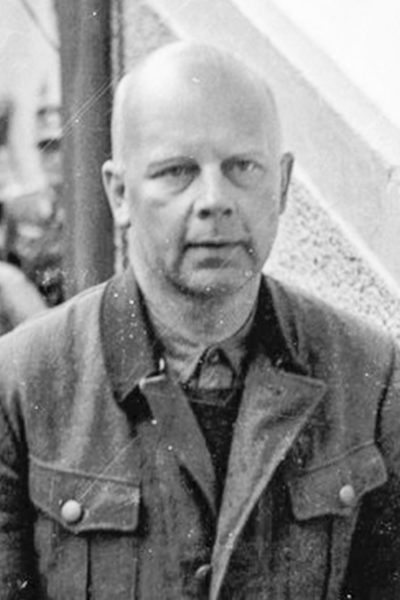For those of you who read our blogs, you may remember the one about Coco Chanel and her wartime activities (click here to read the blog, Coco Chanel: Nazi Spy or Collaborator?). Well, today’s blog touches on a similar theme only this time, we examine the Duke and Duchess of Windsor and their attitudes, sympathies, and activities with the Nazis that certainly raised suspicions about their loyalties to England.
Did You Know?
Did you know that I wrote a blog about the 6888th Central Postal Directory Battalion? (Click here to read the blog, The Ten Percenters). It was the largest all-Black, all-female group to serve in World War II and its nickname was the “Six Triple Eight.” Not only were the soldiers presented with the herculean task of clearing a massive backlog of mail, but they were also met with discrimination at every turn. President Biden signed a bill in March authorizing a Congressional Gold Medal for the unit.
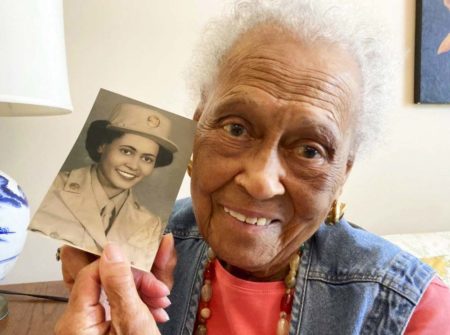
There are six surviving members of the Six Triple Eight. The oldest survivor, Romay Davis, 102, was recognized for her service at a ceremony at Montgomery (Alabama) City Hall. Romay said in an interview, “It isn’t mine, just mine. No. It’s everybody’s. The mail situation was in such horrid shape they didn’t think the girls could do it. But they proved a point.”
Yes, they did prove a point.
David, Prince of Wales, Edward VIII, Duke of Windsor, and Mrs. Simpson
Born to the future King George V and Queen Mary as their eldest son, Edward Albert Christian Andrew Patrick David (1894−1972)⏤simply known as “David” to the family⏤became the Prince of Wales in 1911 after his father ascended the English throne. Despite a limited role in World War I, David learned to fly and took his first military flight in 1918.
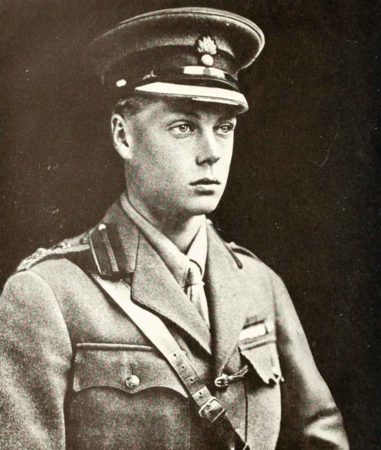
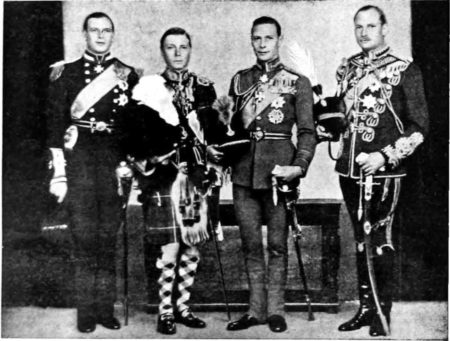
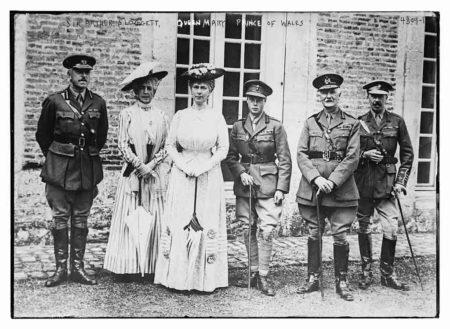
The Prince of Wales was a handsome and unmarried man. His favorite pastime was partying and developing relationships with married women. Some have characterized his behavior during the interwar period as “reckless.” His father was disappointed and believed David would eventually ruin himself. Read More Prince, King, and … Traitor?

